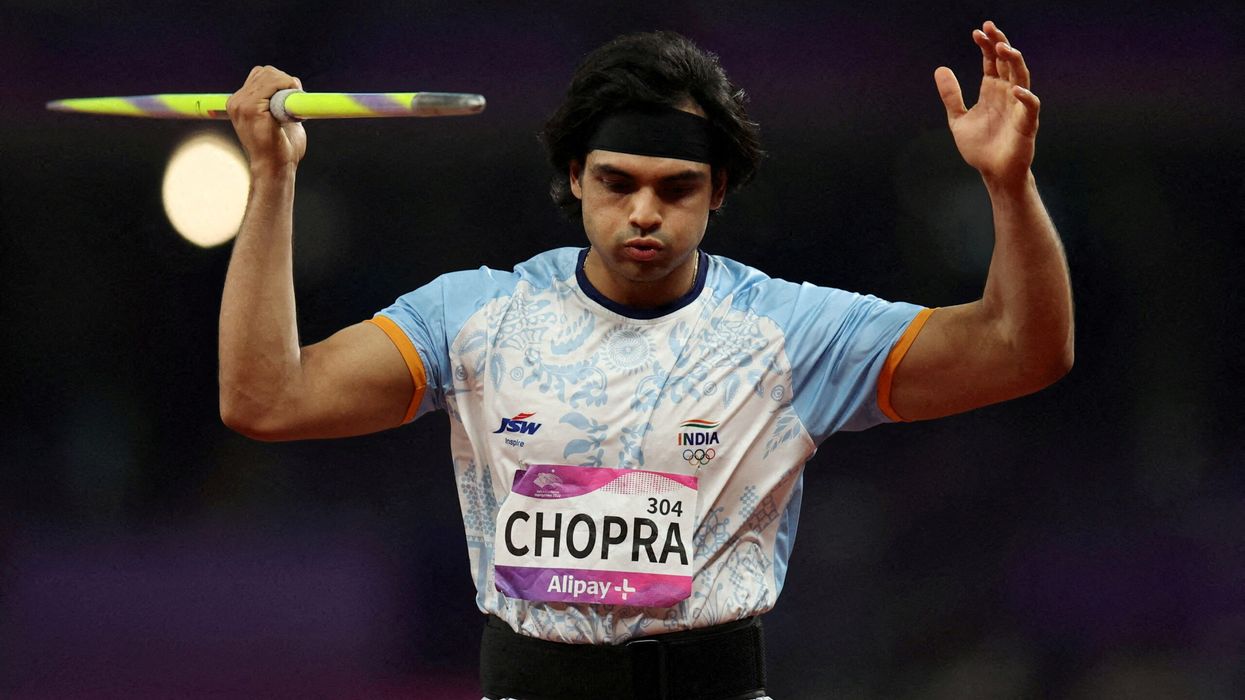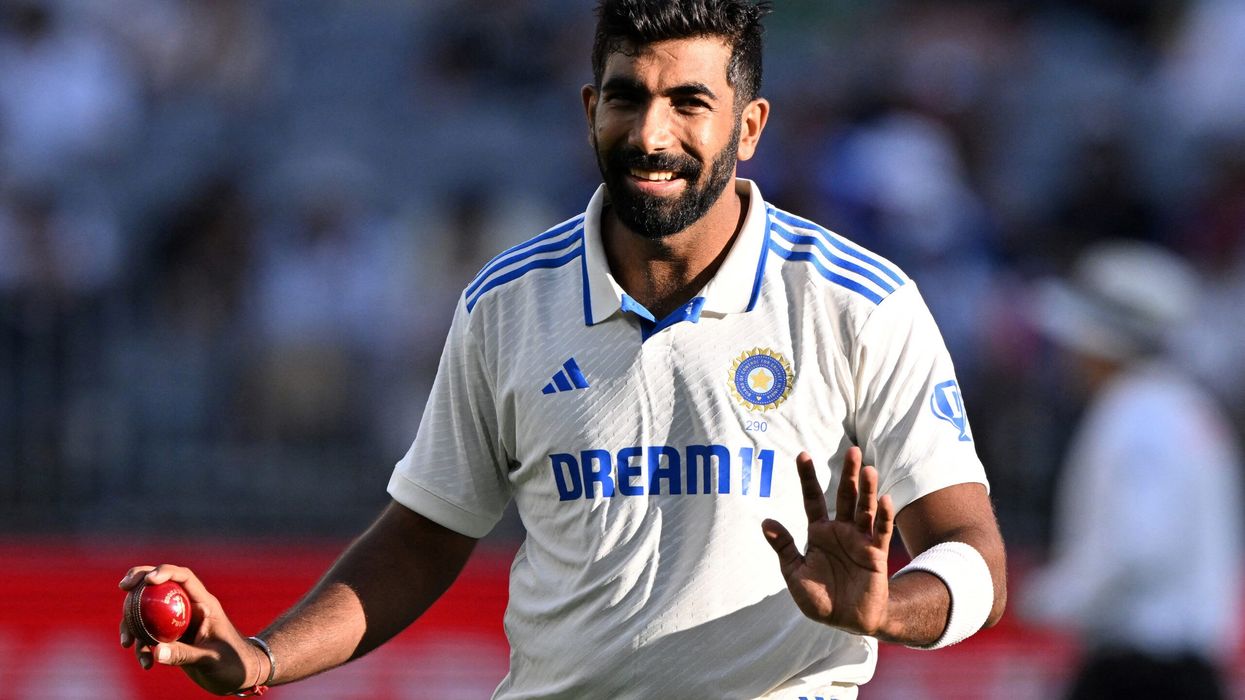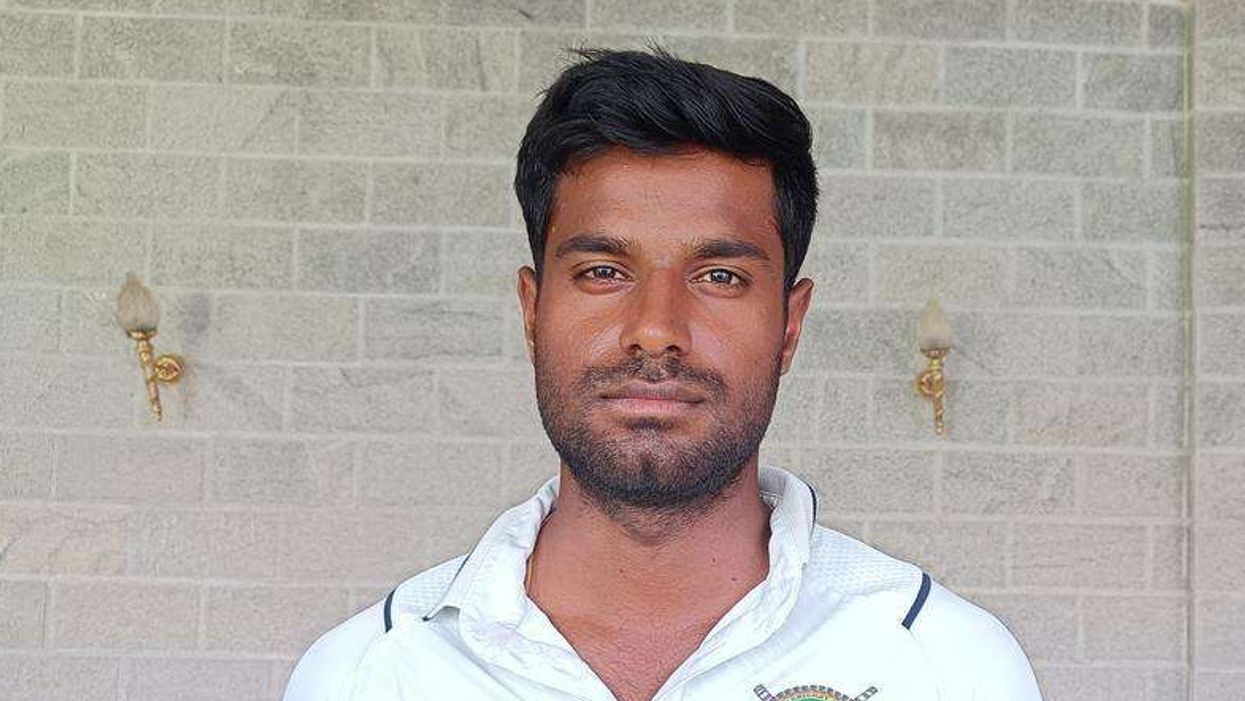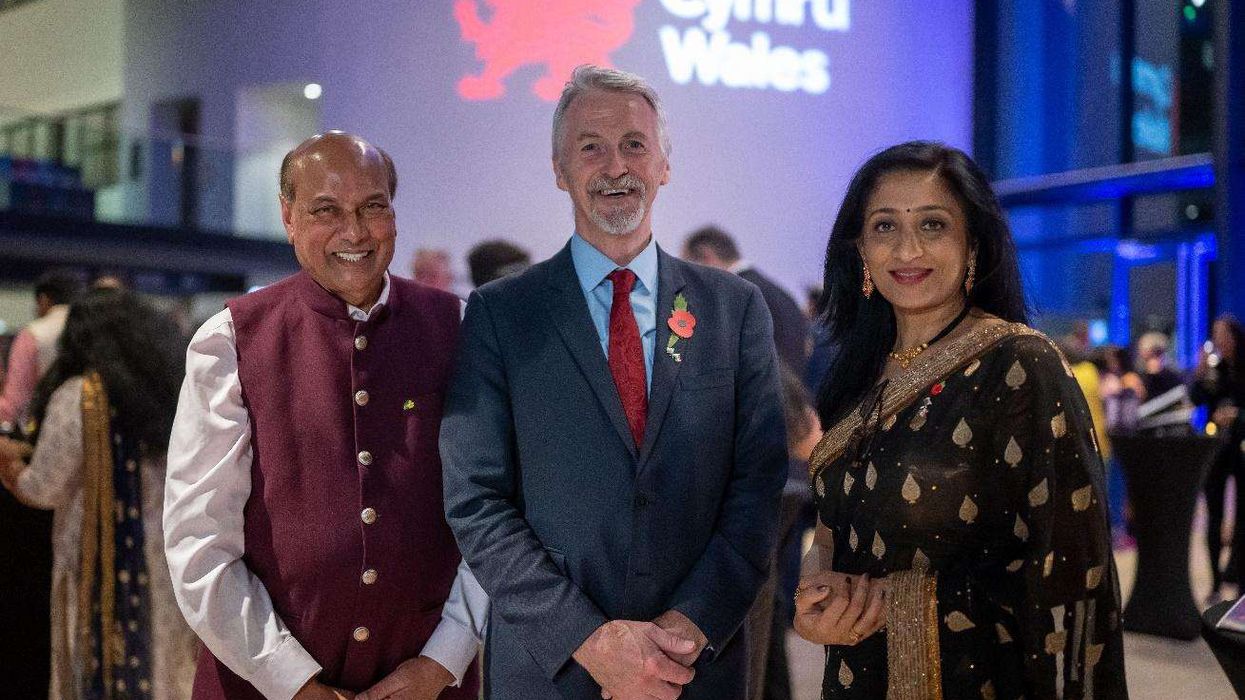INDIA's star javelin thrower Neeraj Chopra predictably won gold in his first competition at home in three years, but he refused to read too much into his below-par 82.27 metre throw as he prepares to defend his Olympic title in Paris.
Chopra began his season with a second place finish at the Diamond League meeting in Doha last Friday (10) and immediately dashed home to compete in the Federation Cup in the east Indian city of Bhubaneswar.
Chopra sealed top of the podium with his forth attempt and did not take the final two throws in his first home event since winning India's first athletics gold at the Tokyo Olympics.
"I came here after competing in Doha and there was not much recovery time," Chopra told reporters on Wednesday (15).
"I competed in this kind of weather after a while. I was not feeling that good ... so I decided to stop after four throws."
"Let's not talk about the throw, it was not up to the mark. This one is not my consistent type of throw."
Asked about his chances of hitting the 90-metre mark, Chopra, who has a personal best of 89.94 metres, said it would come at the right time and at the right place.
The 26-year-old was the centre of attention at the home meet.
He did not start the press conference until another event was over, and hung around later to greet fellow athletes and enquire about their training and oblige selfie-seekers.
"It felt great to compete in India after a long time with so many people turning up to support me," he said.
Chopra is scheduled to compete in the Czech Republic and Finland before defending his Olympic title in Paris.
"It's going to be really tough competition in Paris," he said. "In Doha too, the competition was intense. I have a couple of more events before the Olympics, and will try to throw better."
(Reuters)














